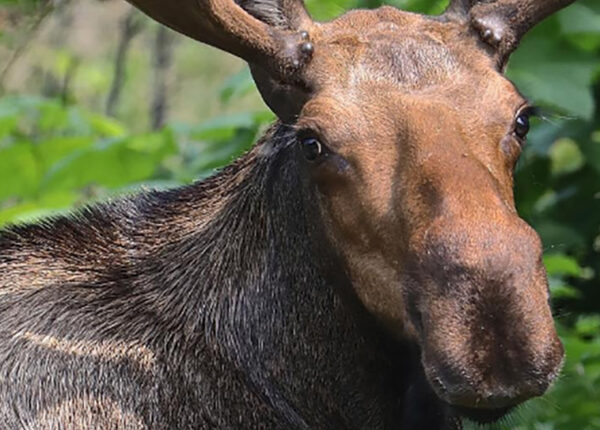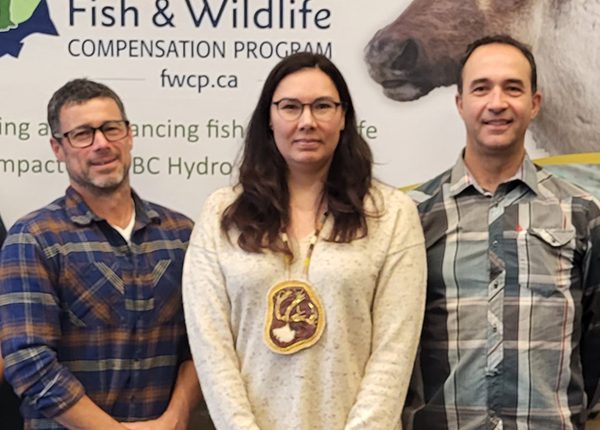With funding from the FWCP, wildlife biologists, Ingebjorg Jean Hansen, Brian Paterson and Cori Lausen are on a mission: getting to know as much about bats in the Williston Reservoir area before the likely arrival of White Nose Syndrome – a devastating disease currently causing mass population die-backs of bats in the eastern part of our continent.
Important winter hibernacula, maternity colonies, and roost habitat will be identified, and baseline winter bat data will be developed to assess the risk that White Nose poses to local bat species. Populations and habitats will be monitored so that potential future protection measures can be implemented to minimize the risk. The project will also promote awareness and education about the bats, and build local capacity to conserve valuable bat habitat.
Stop the Spread of WNS
Cavers, geocachers, and people frequenting mines or other hibernacula locations could spread the fungus by transmitting spores on boots, clothing and equipment, or by stowing infected bats.
- Avoid entering bat hibernation sites if your clothing or equipment has been used in other underground locations. Follow decontamination protocols. Avoid possible spread of WNS by humans.
- Avoid disturbing bats: stay out of hibernation sites in the winter, respect closures at mines and caves.
- Provide homes for bats. Build a Bat Box. Visit bcbats.ca.





